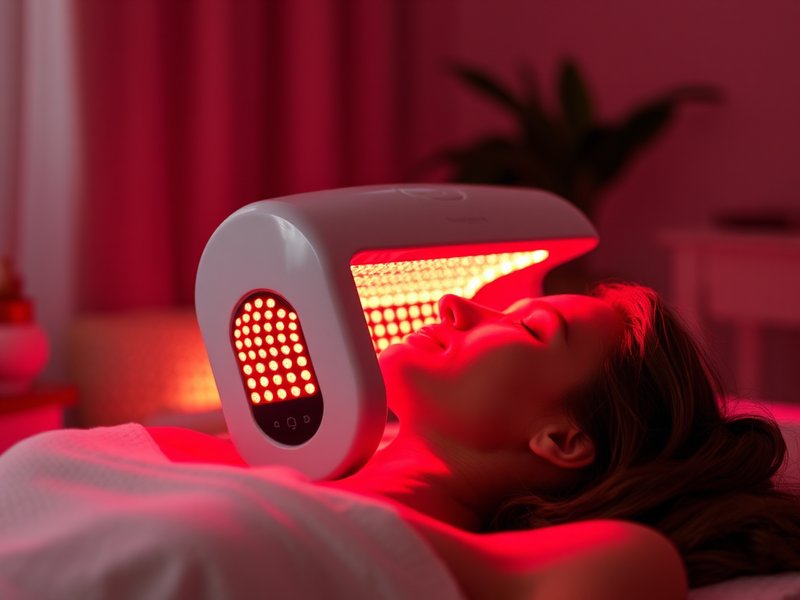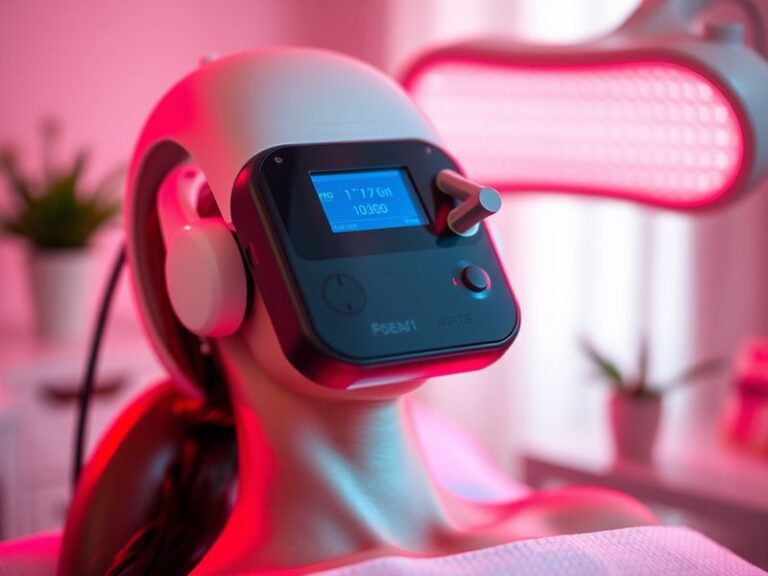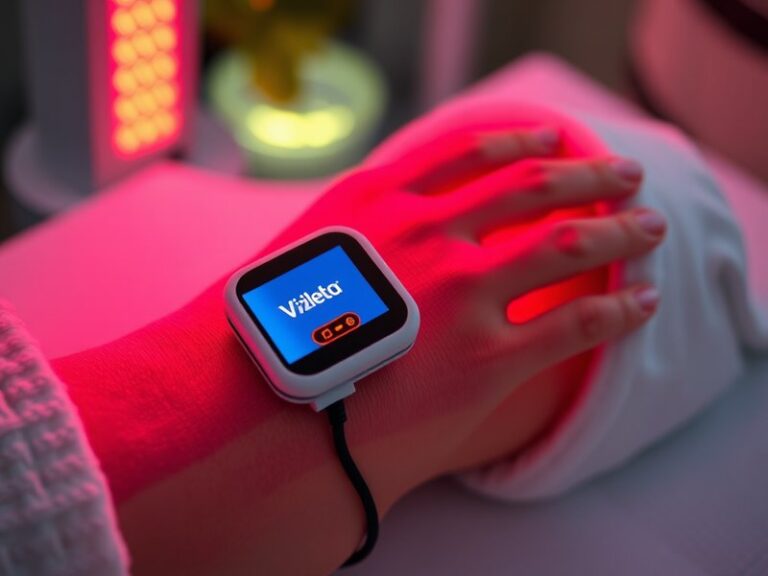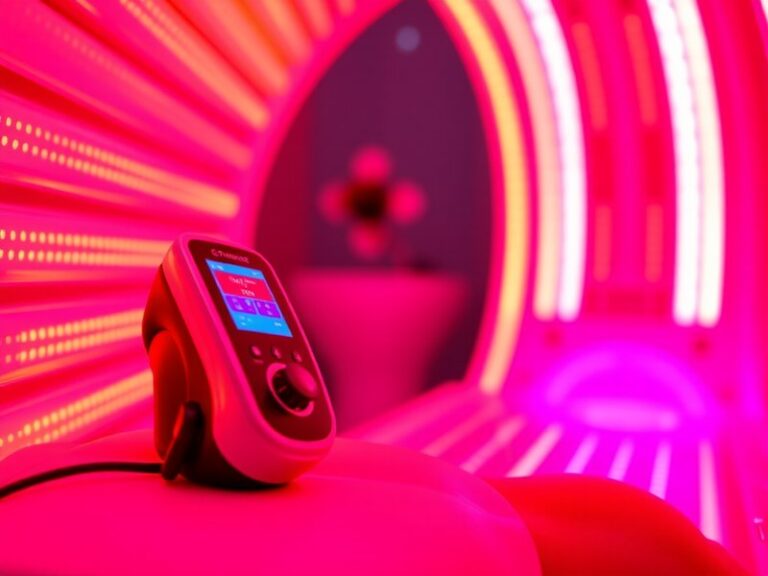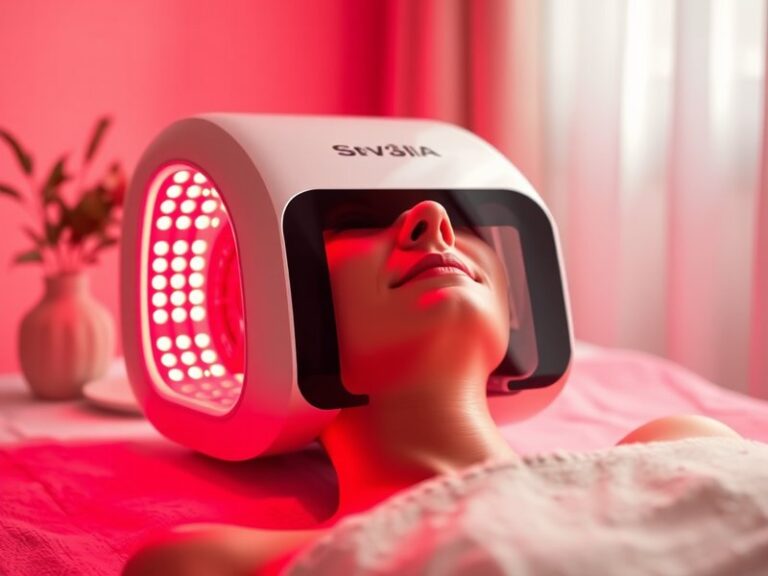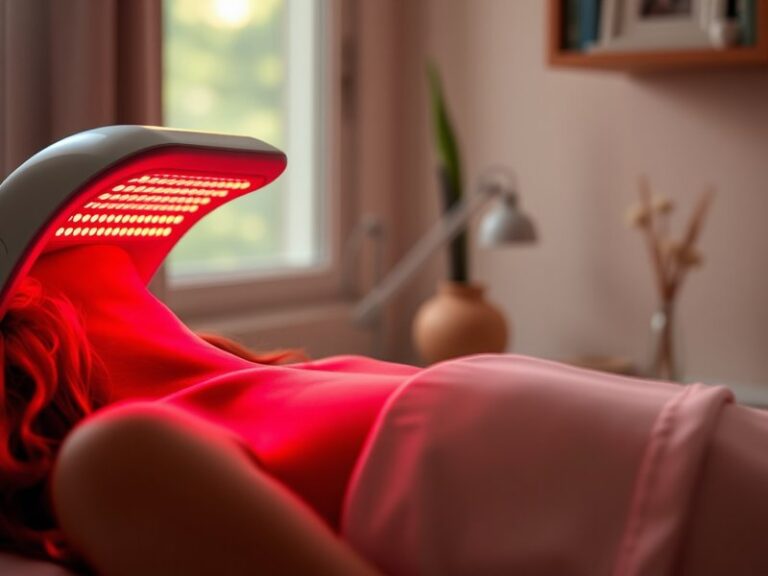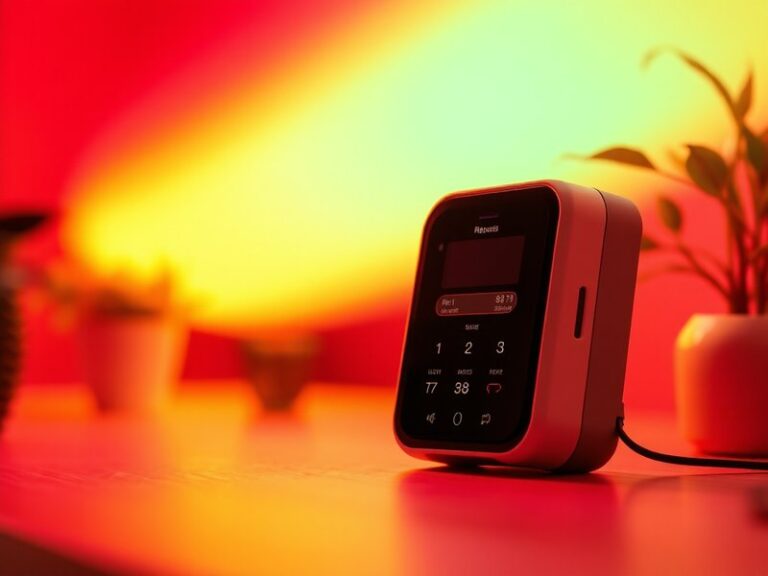Does Red Light Therapy Dehydrate You?
Does Red Light Therapy Dehydrate You?
Are you curious about the effects of red light therapy on hydration?
This article will explore the relationship between red light therapy and hydration levels in the body. We will cover various aspects of this treatment, its benefits, and whether it may contribute to dehydration. If you’re considering incorporating red light therapy into your routine, this piece will provide the insights you need to make an informed decision.
Key Takeaways
- Red light therapy does not directly cause dehydration.
- It may have effects on skin hydration and cellular functions that are beneficial.
- Understanding hydration needs while using red light therapy is important for optimal wellness.
What is Red Light Therapy?
Red light therapy (RLT) is a non-invasive treatment that involves exposure to low-level wavelengths of red and near-infrared light. This type of therapy is utilized in various fields, including dermatology, physiotherapy, and wellness. The light penetrates the skin, stimulating cellular repair and regeneration processes.
Researchers suggest that red light therapy can enhance mitochondrial function, which increases energy production in cells and promotes healing. Though often used for skin-related issues like wrinkles and acne, RLT has also gained popularity for reducing pain and inflammation.
Mechanism of Action
The mechanism by which red light therapy operates is primarily through the stimulation of mitochondrial activity. When cells absorb light, a biochemical reaction occurs, leading to ATP (adenosine triphosphate) production, which is essential for cellular energy. This process supports cellular metabolism, inflammation reduction, and enhanced tissue repair.
What are the Benefits of Red Light Therapy?
Red light therapy offers numerous health advantages. The following points will delve into these benefits in detail.
Promotes Skin Health
RLT enhances collagen production, improving skin elasticity and reducing the appearance of fine lines. Users often report a more even skin tone and texture after consistent treatment.
Reduces Inflammation and Pain
Numerous studies indicate that red light therapy can alleviate symptoms of inflammation and chronic pain conditions, such as arthritis. Patients typically experience range of motion improvements, making it a valuable tool for recovery.
Aids in Wound Healing
RLT has been shown to accelerate wound healing by promoting cellular regeneration. This is particularly beneficial in recovery after surgery or injury, helping to minimize scarring.
Enhances Mood and Energy
Many users of red light therapy report an increase in mood and energy levels. The light may contribute to better sleep patterns and reduced symptoms of depression, supporting overall well-being.
Is it Possible to Dehydrate While Using Red Light Therapy?
The concern regarding dehydration while undergoing red light therapy is common but largely unfounded. Research indicates that RLT does not cause dehydration in users. However, certain considerations should be kept in mind.
Impact on Hydration
While RLT itself does not have dehydrating properties, individuals should be mindful of their hydration levels, especially when using RLT in conjunction with other heat-producing therapies, such as saunas. Proper hydration supports overall skin health and can enhance the benefits received from red light therapy.
Skin Hydration Considerations
RLT may enhance skin hydration by stimulating blood flow and promoting cellular health. Ensuring adequate hydration before and after treatment can maximize these effects.
Discover the details Can you do red light therapy multiple times daily?
What are the Things to Consider Before Using Red Light Therapy?
Before starting red light therapy, several factors should be considered to ensure safety and effectiveness.
Treatment Duration and Frequency
It’s important to adhere to recommended treatment duration and frequency. Overuse or incorrect application may yield diminished benefits or increase sensitivity in certain individuals.
Find out in Buy Red Light Therapy?
Skin Type and Sensitivity
Individuals with specific skin conditions or sensitivities should consult with a healthcare provider before starting RLT. Personal skin type can affect how the skin responds to the therapy.
Proper Equipment Use
Ensuring that the red light therapy devices are used correctly is crucial. Always follow the manufacturer’s guidelines to achieve optimal results safely.
What are the Alternatives to Red Light Therapy?
If red light therapy isn’t suitable for you, there are several alternative treatments that can offer similar benefits.
Blue Light Therapy
Primarily used for acne treatment, blue light therapy targets the bacteria that cause acne while being less invasive. It can also help reduce inflammation and redness.
LED Facial Treatments
LED facials employ various light wavelengths, which can treat multiple skin concerns, including pigmentation, wrinkles, and acne. This method provides versatile treatment options.
Microdermabrasion
This technique exfoliates the outer layer of skin, promoting collagen production and helping with skin texture. It can also improve hydration by removing dead skin cells.
Conclusion: Is it Recommended to Use Red Light Therapy?
Overall, red light therapy is a beneficial treatment option that does not dehydrate users. It offers various health benefits, from improving skin conditions to enhancing wound healing. With the right precautions and considerations, RLT can be safely incorporated into your wellness routine, supporting hydration and overall health.
Frequently Asked Questions
Does red light therapy help with skin hydration?
Yes, red light therapy can enhance skin hydration by promoting cellular health and stimulating blood flow, contributing to overall improved skin appearance.
How often should I use red light therapy?
Frequency can vary based on individual needs and treatment goals. Typically, sessions range from 10 to 20 minutes several times a week, but following the device manufacturer’s guidelines is crucial.
Are there any side effects associated with red light therapy?
For most individuals, red light therapy is safe with minimal side effects. However, some may experience temporary skin sensitivity or redness. Consulting a healthcare provider can provide further guidance.
Can I use red light therapy if I have a skin condition?
Before starting red light therapy with any underlying skin conditions, it’s advisable to seek professional advice to ensure it’s an appropriate treatment for your specific situation.
Is red light therapy suitable for all skin types?
Red light therapy is generally safe for all skin types, but individuals with certain sensitivities may want to discuss their options with a healthcare professional to avoid any adverse reactions.
